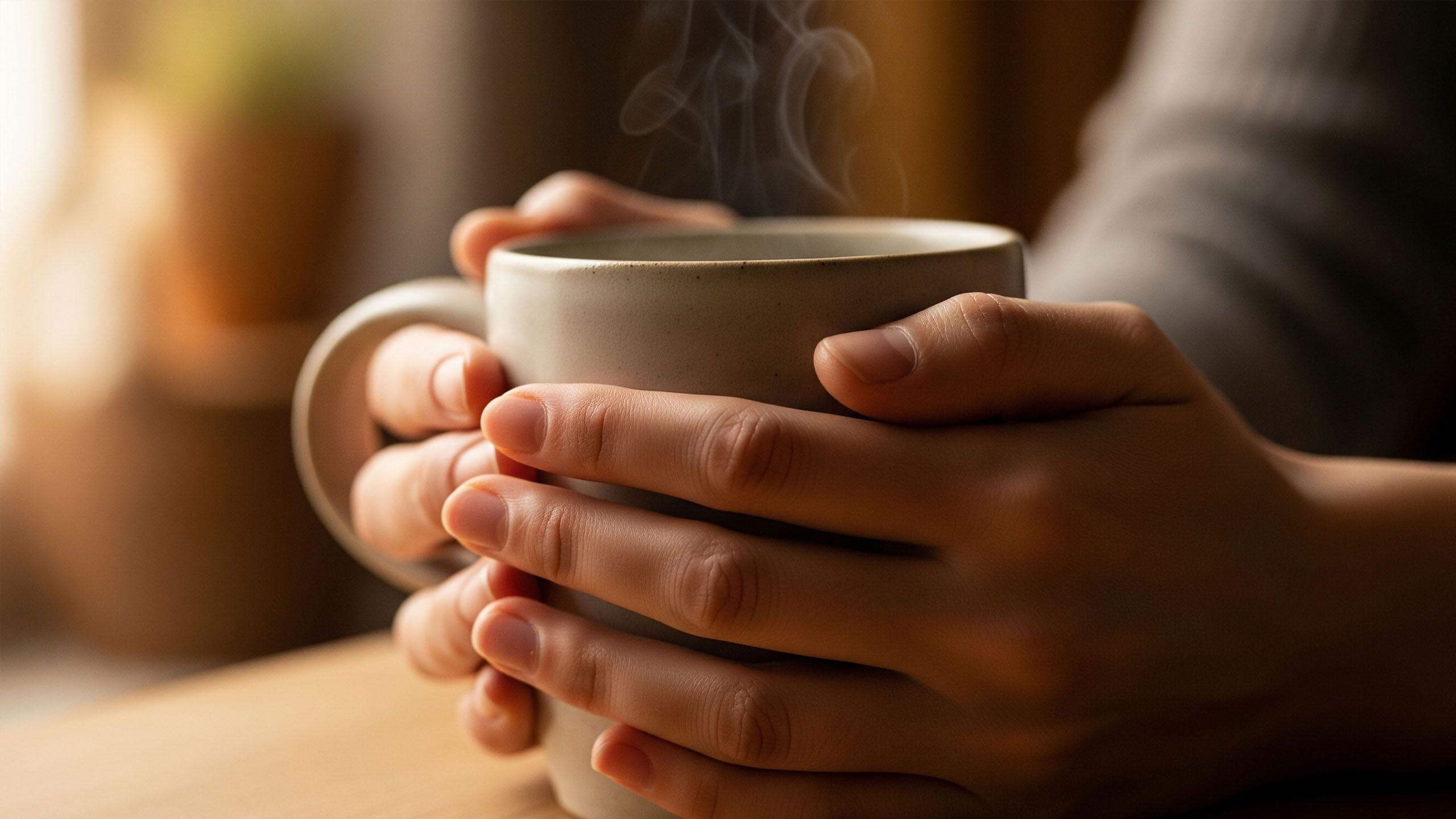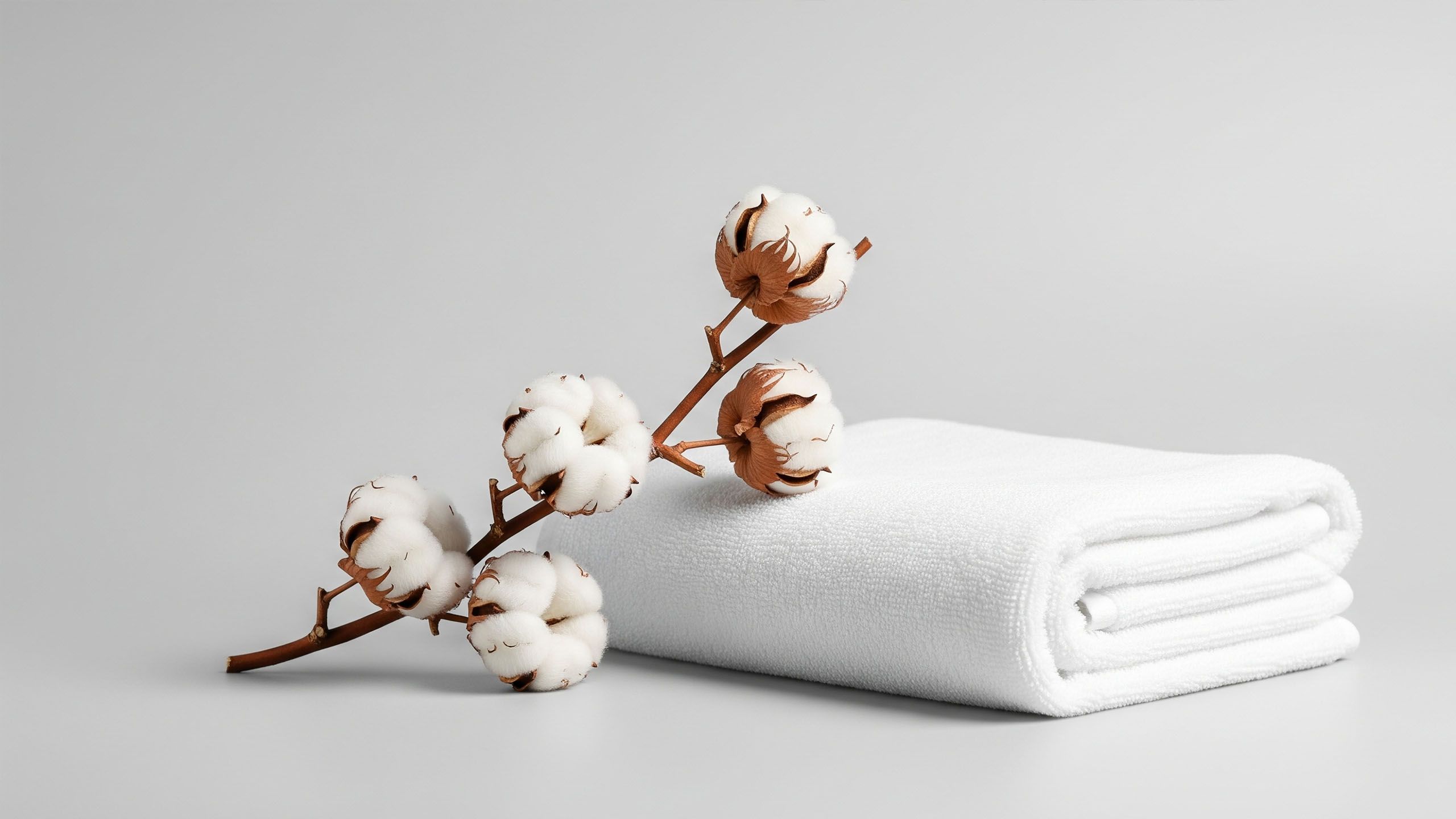Harmonizing Your Rest: Creating Rituals for Each Phase of Your Menstrual Cycle

Many women view their menstrual cycle as the days they have their period. In reality, that's just one part of a complex and dynamic monthly rhythm. Throughout your cycle, your hormones fluctuate significantly, influencing everything from your energy and mood to your social inclinations and physical needs.
By understanding these shifts, you can tailor your self-care practices to work with your body's natural state, rather than against it. Creating simple rest rituals for each phase is a practical way to support your well-being, manage your energy, and foster a better connection with your body. Here’s a guide to help you get started.
Quick Guide: Cycle Phases & Rest Rituals
| Phase | Key Hormones | Typical Energy & Mood | Suggested Rest Ritual |
|---|---|---|---|
| Menstrual | Estrogen & Progesterone are low | Low energy, inward focus | Prioritize sleep, use a heating pad, gentle stretching |
| Follicular | Estrogen rises | Increasing energy, creative, outward focus | Mindful mornings, active recovery (long walks), creative hobbies |
| Ovulatory | Estrogen & LH peak | Peak energy, confident, social | Connective rest with loved ones, joyful movement, digital detox |
| Luteal | Progesterone rises, then both fall | Energy declines, potential PMS, turning inward | Create a calm environment, grounding activities, journaling |
The Four Phases: A Guide to Cyclical Rest
Your menstrual cycle can be divided into four distinct phases. While the length of each can vary from person to person, the hormonal patterns are generally consistent.
Phase 1: Menstrual (Approximately Days 1-5)
What’s Happening: Your cycle begins on the first day of your period. Both estrogen and progesterone are at their lowest levels. This hormonal drop, combined with the physical process of menstruation, often results in lower energy, fatigue, and a desire to turn inward.
Rest Rituals for the Menstrual Phase: This is the ultimate time for rest and release. The key is to be gentle with yourself and honor your body's need for recovery.
-
Prioritize Sleep: If possible, go to bed a little earlier or allow yourself to sleep in. A short nap during the day can also be restorative.
-
Gentle Movement: Intense exercise may feel draining. Instead, opt for slow, mindful movement like restorative yoga, gentle stretching, or a short, unhurried walk.
-
Warmth and Comfort: Apply a heating pad or hot water bottle to your lower abdomen or back to soothe cramps. A warm bath with Epsom salts can also help relax tense muscles.
-
Nourishing Foods: Focus on warm, easily digestible foods like soups, stews, and steamed vegetables. Herbal teas, such as ginger or chamomile, can be calming and help with discomfort.
Phase 2: Follicular (Approximately Days 6-12)
What’s Happening: Following your period, your pituitary gland releases Follicle Stimulating Hormone (FSH), and your estrogen levels begin to rise. This hormonal shift often brings a welcome increase in energy, optimism, and mental clarity.
Rest Rituals for the Follicular Phase: While your energy is building, rest is still important for sustaining that momentum. Rest during this phase is often more active and mentally focused.
-
Mindful Mornings: Your brain is primed for new ideas. Use this clarity by starting your day with a few minutes of quiet journaling or planning your goals for the weeks ahead.
-
Active Recovery: Your body can handle more activity now. Consider a longer walk in nature, a bike ride, or a dance class. This can be a form of rest for your mind while your body is in motion.
-
Play and Creativity: Rest doesn't always mean being still. Engaging in a hobby or creative pursuit that you enjoy can be deeply refreshing for your mind.
Phase 3: Ovulatory (Approximately Days 13-16)
What’s Happening: Estrogen peaks, triggering a surge of Luteinizing Hormone (LH), which leads to ovulation (the release of an egg). Testosterone also rises slightly. This combination typically results in your highest energy levels, peak confidence, and a more social mood.
Rest Rituals for the Ovulatory Phase: With energy at its peak, the goal of rest here is to balance your output and prevent burnout.
-
Connective Rest: Socializing can feel effortless and enjoyable now. Schedule quality time with friends or loved ones. Meaningful connection can be a form of emotional restoration.
-
Joyful Movement: Channel your high energy into a fun workout. Follow it up with a thorough cool-down and stretching session to help your nervous system settle.
-
Digital Wind-Down: You may feel more "on" during this phase. Make it a point to disconnect from screens for an hour before bed to ensure you get high-quality sleep.
Phase 4: Luteal (Approximately Days 17-28)
What’s Happening: After ovulation, progesterone levels rise. If pregnancy does not occur, both progesterone and estrogen levels begin to fall in the latter part of this phase, leading up to your period. For many, this is when premenstrual symptoms (PMS) can appear. Energy typically declines, and you may feel a need to retreat again.
Rest Rituals for the Luteal Phase: This is the time to start winding down. These rituals are about creating a calm, stable environment to ease the transition into your menstrual phase.
-
Create a Calm Atmosphere: As your sensitivity may be heightened, focus on your environment. Dim the lights in the evening, light a candle, or use an essential oil diffuser with calming scents like lavender.
-
Grounding Activities: Simple, repetitive tasks can be very soothing. Consider meal prepping, organizing a drawer, or tending to houseplants.
-
Process Your Feelings: If you experience irritability or anxiety, a journaling practice can be a useful tool. Simply writing down your thoughts without judgment can provide a sense of release.
-
Listen to Your Cravings: Your body may ask for certain foods. Honor this with nutrient-dense choices. A piece of dark chocolate or a magnesium-rich snack like almonds can be both satisfying and beneficial.
How to Begin
Starting to sync your rituals with your cycle doesn't need to be complicated.
-
Track Your Cycle: Use a notebook or a period-tracking app to note the start and end of your period. Over time, you’ll begin to see patterns in your energy and mood.
-
Start Small: Choose just one phase to focus on. Perhaps you want to prioritize more sleep during your menstrual phase. Try that one thing for a month and observe how you feel.
-
Be Flexible: These are suggestions, not strict rules. The most important thing is to listen to what your body is telling you on any given day.
By tuning into your body's cyclical nature, you can create a more sustainable and supportive self-care routine that honors your unique rhythm.
Final Thought
Ultimately, aligning your rest with your menstrual cycle is less about following a strict set of rules and more about developing a deeper awareness of your body's unique patterns. There is no right or wrong way to do it. The goal is simply to listen. By paying attention to your shifting needs and responding with simple, supportive rituals, you can learn to work with your natural rhythms, navigating your energy throughout the month with greater ease and understanding.
Disclaimer: The articles and information provided by the Vagina Institute are for informational and educational purposes only. This content is not intended to be a substitute for professional medical advice, diagnosis, or treatment. Always seek the advice of your physician or another qualified health provider with any questions you may have regarding a medical condition.


 English
English  Deutsch
Deutsch  Español
Español  Français
Français 



